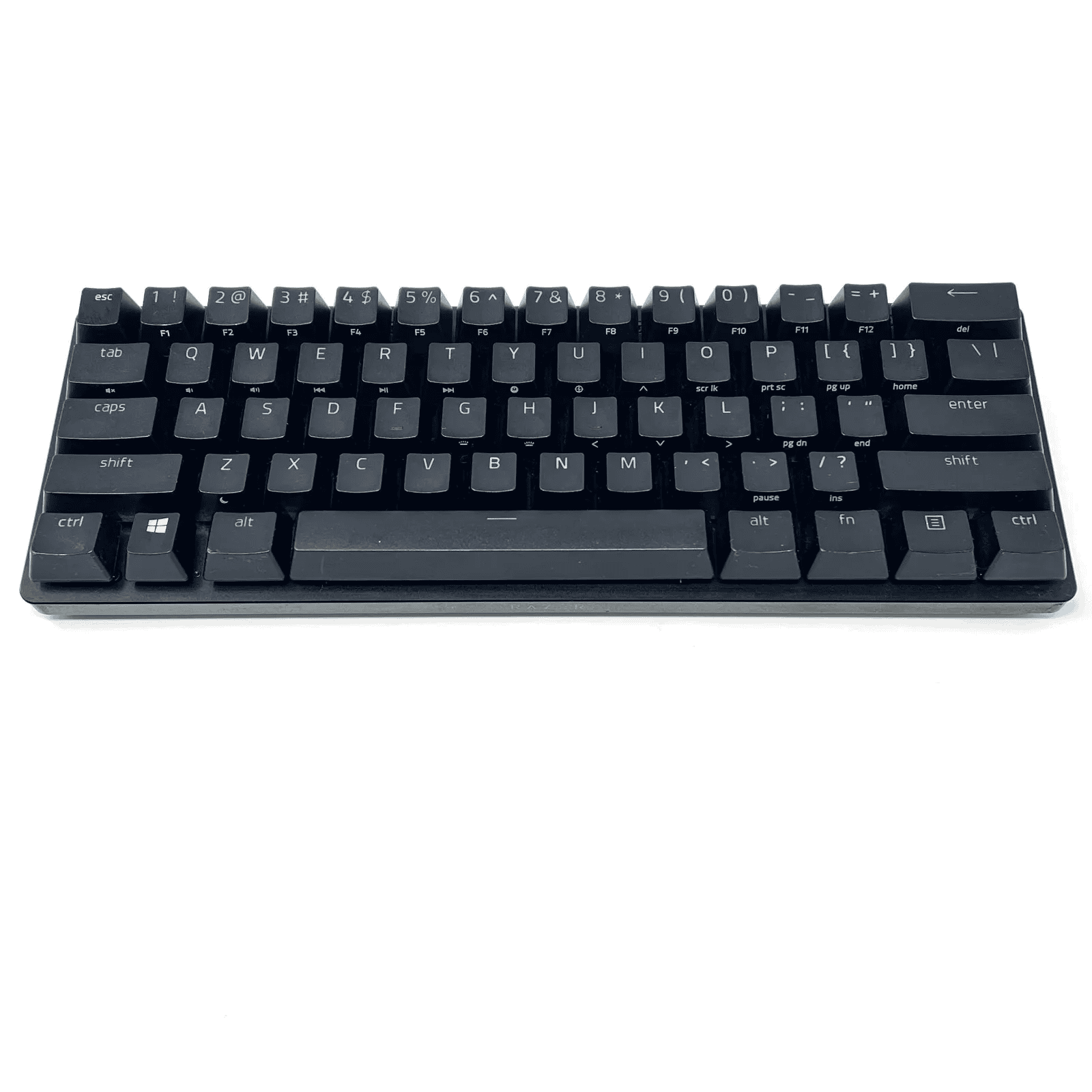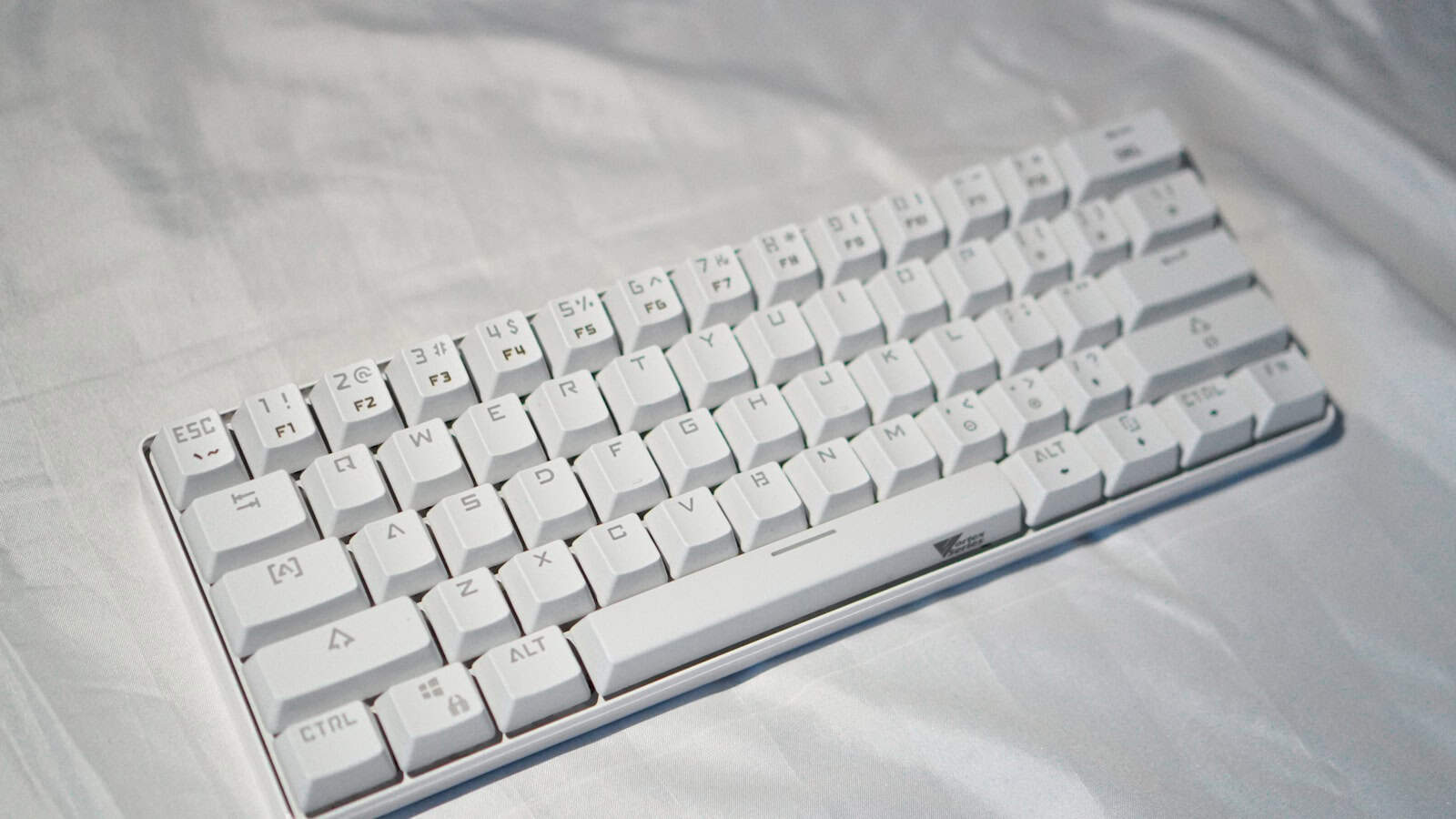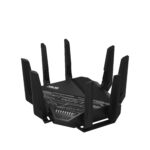A non-functioning keyboard can disrupt your workflow and productivity. Whether you’re typing an important document or playing a game, a malfunctioning keyboard is frustrating. The most common causes of keyboard issues include loose connections, outdated drivers, and power management settings.
Troubleshooting a keyboard problem often starts with simple steps. Checking the physical connection and restarting your computer can resolve many issues. If these basic solutions don’t work, you may need to investigate software-related problems. Updating keyboard drivers or adjusting power management settings can often fix persistent keyboard issues.
Sometimes, the problem lies with specific keys rather than the entire keyboard. In such cases, cleaning the keyboard or replacing individual keys might be necessary. For wireless keyboards, checking the battery life and signal interference is crucial. By following a systematic approach, you can identify and fix most keyboard problems quickly.

Troubleshooting a Malfunctioning Desktop Keyboard
Basic Checks and Quick Fixes
If your desktop keyboard stops working, don’t panic! There are several simple things you can try before assuming it’s broken:
- Check the Connections: Make sure the keyboard is properly plugged into the computer. If it’s a USB keyboard, try a different USB port. For PS/2 keyboards (older, round connector), ensure it’s firmly connected.
- Restart Your Computer: Sometimes, a simple restart can resolve software glitches that might be interfering with the keyboard.
- Check for Physical Damage: Look for any visible damage to the keyboard cable or the keyboard itself.
- Clean the Keyboard: Dust, crumbs, or other debris can sometimes interfere with the keys. Try using compressed air or a soft brush to clean it.
Troubleshooting USB Keyboards
Most modern keyboards use USB connections. Here are some USB-specific troubleshooting steps:
- Try a Different USB Port: As mentioned earlier, try plugging the keyboard into a different USB port on your computer.
- Check the USB Hub (if applicable): If you’re using a USB hub, try plugging the keyboard directly into the computer. The hub might be faulty or not providing enough power.
- Update USB Drivers (Windows): In Windows, you can try updating the USB drivers through Device Manager. Search for “Device Manager” in the Windows search bar, find “Universal Serial Bus controllers,” and look for any devices with yellow exclamation marks. Right-click and select “Update driver.”
Troubleshooting Wireless Keyboards
Wireless keyboards have their own set of potential issues:
- Check the Batteries: Make sure the keyboard has fresh batteries or is properly charged.
- Check the Wireless Connection: Ensure the keyboard is properly paired with the computer’s Bluetooth receiver or USB dongle. Try re-pairing the devices.
- Check for Interference: Other wireless devices can sometimes interfere with the keyboard’s signal. Try moving away from other wireless devices or turning them off temporarily.
Software-Related Issues (Windows)
Sometimes, software issues can cause keyboard problems:
- Check Keyboard Settings: In Windows, you can check keyboard settings in the Control Panel or Settings app. Make sure the correct keyboard layout is selected and that no accessibility features are interfering.
- Run the Hardware and Devices Troubleshooter (Windows): Windows has a built-in troubleshooter that can sometimes detect and fix hardware problems. Search for “Troubleshoot settings” in the Windows search bar and then select “Hardware and Devices.”
When to Consider a New Keyboard
If you’ve tried all of these steps and your keyboard still isn’t working, it might be time to consider a new one. Here’s when that might be the best option:
- Physical Damage: If the keyboard has significant physical damage, like broken keys or a damaged cable.
- Age: Older keyboards can sometimes simply wear out over time.
- Cost of Repair: If the cost of repairing the keyboard is close to the cost of a new one, it’s usually better to buy a new keyboard.
Choosing a New Keyboard
If you need a new keyboard, there are many options. Consider these factors:
| Type | Pros | Cons |
|---|---|---|
| Membrane | Affordable, quiet | Can feel mushy |
| Mechanical | Tactile feedback, durable | More expensive, can be loud |
| Wireless | No wires, portable | Requires batteries or charging, can have latency |
Think about what you use your keyboard for. If you type a lot, a mechanical keyboard might be good. If you want something cheap and quiet, a membrane keyboard is good. If you need to move it around a lot, a wireless keyboard is a good choice.
Key Takeaways
- Check physical connections and restart the computer first
- Update keyboard drivers and adjust power settings if necessary
- Clean the keyboard or replace individual keys for specific issues
Initial Troubleshooting Steps
A malfunctioning keyboard can significantly disrupt workflow. When a desktop keyboard stops responding, it’s often tempting to assume the worst. However, many keyboard problems can be resolved with simple troubleshooting steps. From checking connections and restarting the computer to updating drivers and addressing wireless interference, there are many avenues to explore before resorting to a replacement. Understanding these basic troubleshooting techniques can save time, money, and frustration.
When a desktop keyboard stops working, simple checks can often resolve the issue. These steps focus on examining hardware connections, enabling alternative input methods, and refreshing the system.
Examining Keyboard and USB Ports
Check the physical connection between the keyboard and computer. Ensure the cable is securely plugged into a working USB port. Try connecting the keyboard to different USB ports to rule out a damaged USB port.
Inspect the cable for visible damage like frays or kinks. If using a wireless keyboard, replace the batteries or ensure it’s charged. Clean the USB ports and keyboard connector with compressed air to remove dust or debris.
For PS/2 keyboards, make sure the connector is fully inserted and not bent. If possible, test the keyboard on another computer to determine if the issue is with the keyboard or the original PC.
Enabling On-Screen Keyboard
Windows provides an on-screen keyboard as a temporary solution for unresponsive keyboards. To enable it:
- Press Win + R
- Type “osk” and press Enter
- Use the mouse to type
This virtual keyboard allows users to continue working while troubleshooting the physical keyboard. It’s particularly useful for entering passwords or performing essential tasks.
The on-screen keyboard also helps determine if the issue is hardware or software-related. If the on-screen keyboard works but the physical one doesn’t, it suggests a hardware problem.
Restarting Your PC
A simple restart can often fix a keyboard not typing issue. This process clears temporary files and refreshes system processes that may be causing the problem.
To restart:
- Click the Start menu
- Select the Power icon
- Choose “Restart”
If the keyboard isn’t working to access the Start menu, hold the power button for about 10 seconds to force a shutdown. Wait 30 seconds, then press the power button to turn the PC back on.
After restarting, test the keyboard immediately. If it works, the issue may have been a temporary glitch. If the problem persists, further troubleshooting steps will be necessary.
Software and Power Management Settings
Keyboard issues often stem from software configurations and power management settings. Addressing these areas can resolve many common problems without requiring hardware replacement.
Checking Keyboard Drivers
Device Manager is the central hub for managing hardware drivers in Windows. To check keyboard drivers:
- Open Device Manager
- Expand the “Keyboards” section
- Right-click on your keyboard device
- Select “Update driver”
If issues persist, try uninstalling and reinstalling the driver. This process can fix corrupted or outdated drivers causing keyboard malfunctions.
For advanced users, manually downloading the latest drivers from the manufacturer’s website may provide better results. Always verify driver compatibility with your specific keyboard model and Windows version.
Configuring Power Options
Power settings can affect keyboard functionality. To adjust these:
- Open Control Panel
- Navigate to “Power Options”
- Click “Change plan settings” for your active power plan
- Select “Change advanced power settings”
Locate “USB settings” and ensure “USB selective suspend” is disabled. This prevents Windows from turning off USB devices to save power.
For laptops, check the “PCI Express” settings and disable power saving features if keyboard issues occur in low-power states.
Utilizing Windows Troubleshooter
Windows includes a built-in keyboard troubleshooter:
- Open Settings
- Go to “Update & Security”
- Select “Troubleshoot”
- Run the “Keyboard” troubleshooter
This tool automatically detects and fixes common keyboard problems. It can reset drivers, adjust settings, and provide specific recommendations based on its findings.
If the troubleshooter doesn’t resolve the issue, consider using System Restore to revert Windows to a point before the keyboard problems started.
Addressing Windows 10 and Windows 11 Compatibility Issues
Windows 10 and 11 may introduce compatibility issues with certain keyboard models. To address these:
- Check for Windows updates regularly
- Install manufacturer-provided Windows 10/11 specific drivers
- Run programs in compatibility mode if needed
Fast Startup can cause keyboard issues in some cases. To disable it:
- Open Control Panel
- Go to “Power Options”
- Click “Choose what the power buttons do”
- Uncheck “Turn on fast startup”
This setting can resolve issues where keyboards fail to initialize properly on system startup.







